As wearable sensors have become lighter and cheaper, they have found their way into a range of fitness trackers and health apps. They monitor our movement and record our heart rhythms. They can even gauge the quality of our sleep. For autism researchers, wearable sensors are providing a novel way to track early development. Click on the image above to watch this video report.
Video: Wearable sensors pick up early signs of autism
Audio and motion-sensor recordings offer a remote window into a baby’s first years and make it easier for families to participate in research.
By
Katie Moisse
30 August 2021 | 4 min watch
tags:
Recommended reading
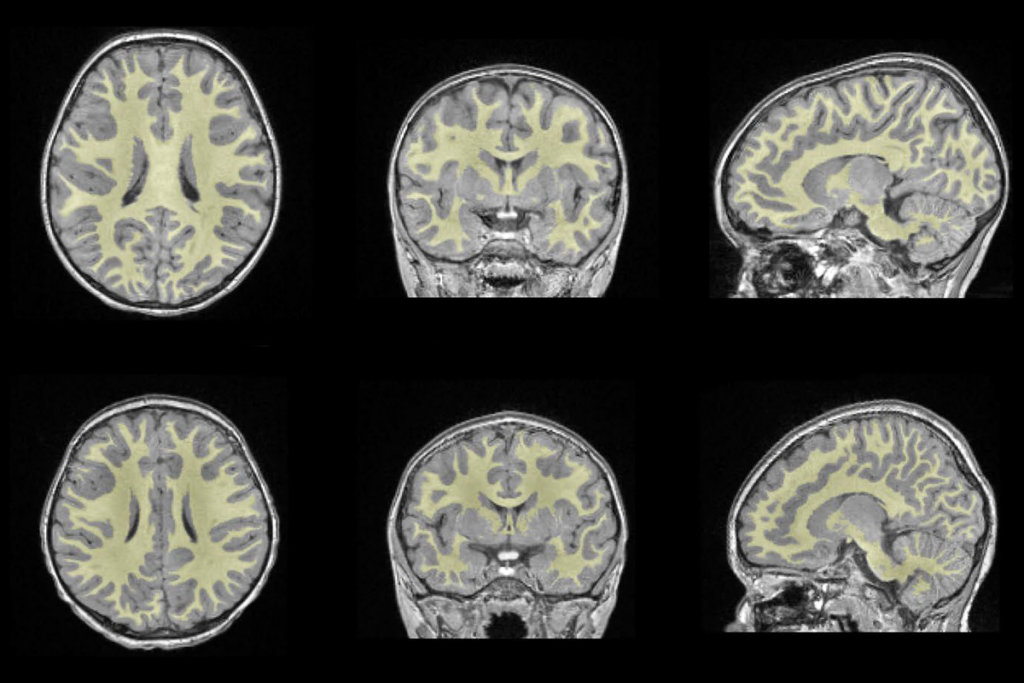
White-matter changes; lipids and neuronal migration; dementia
By
Jill Adams
14 January 2025 | 2 min read
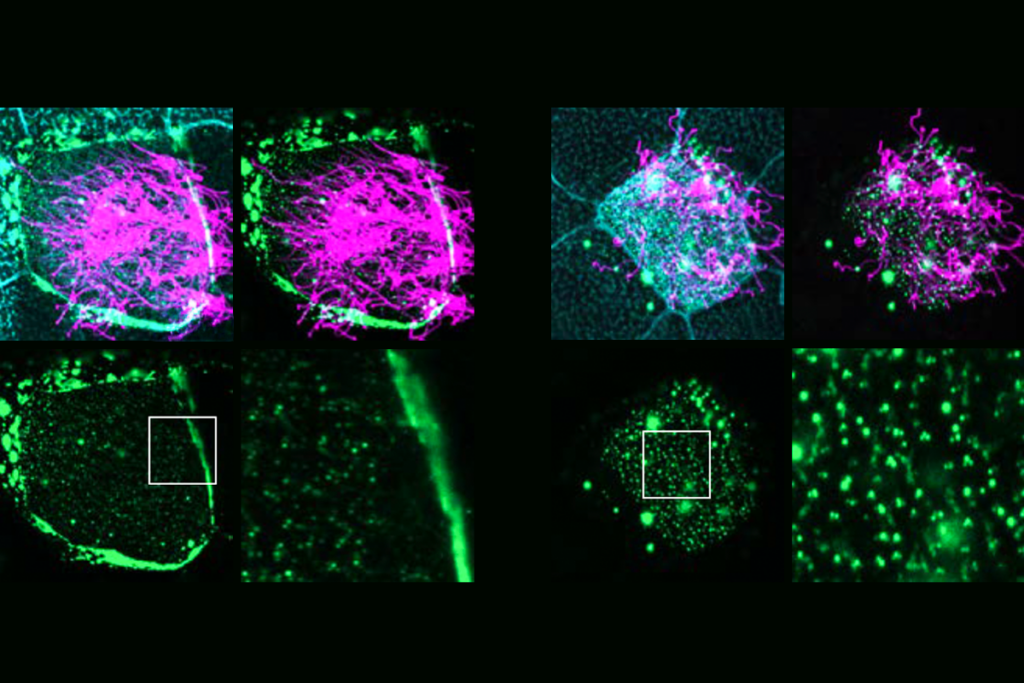
Many autism-linked proteins influence hair-like cilia on human brain cells
By
Charles Q. Choi
9 January 2025 | 4 min read
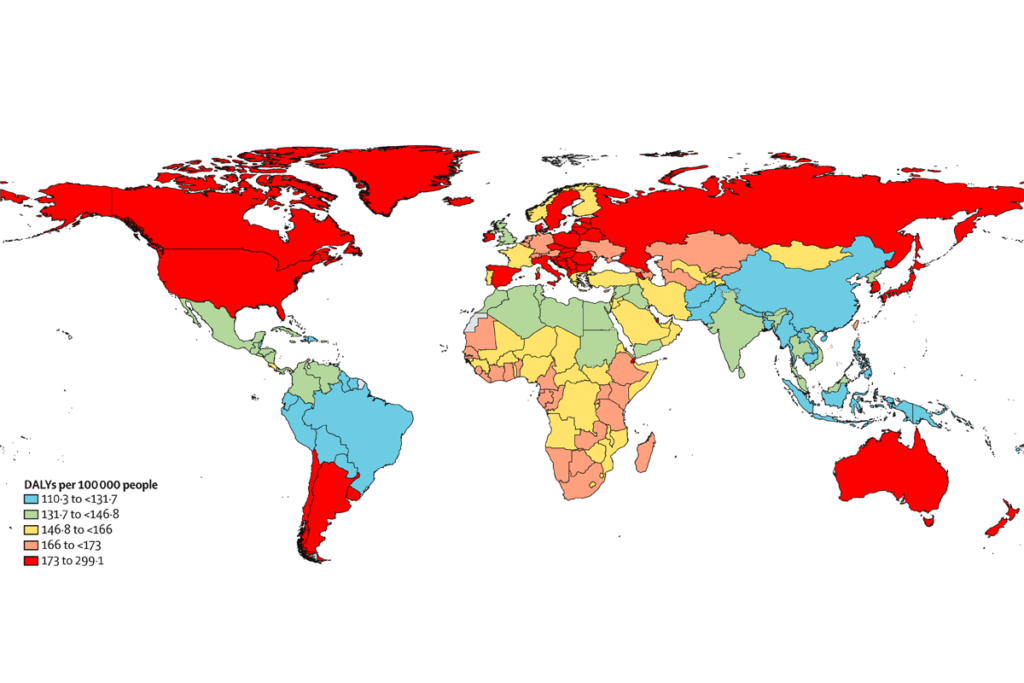
Functional connectivity; ASDQ screen; health burden of autism
By
Jill Adams
7 January 2025 | 2 min read
Explore more from The Transmitter
David Krakauer reflects on the foundations and future of complexity science
By
Paul Middlebrooks
14 January 2025 | 106 min listen
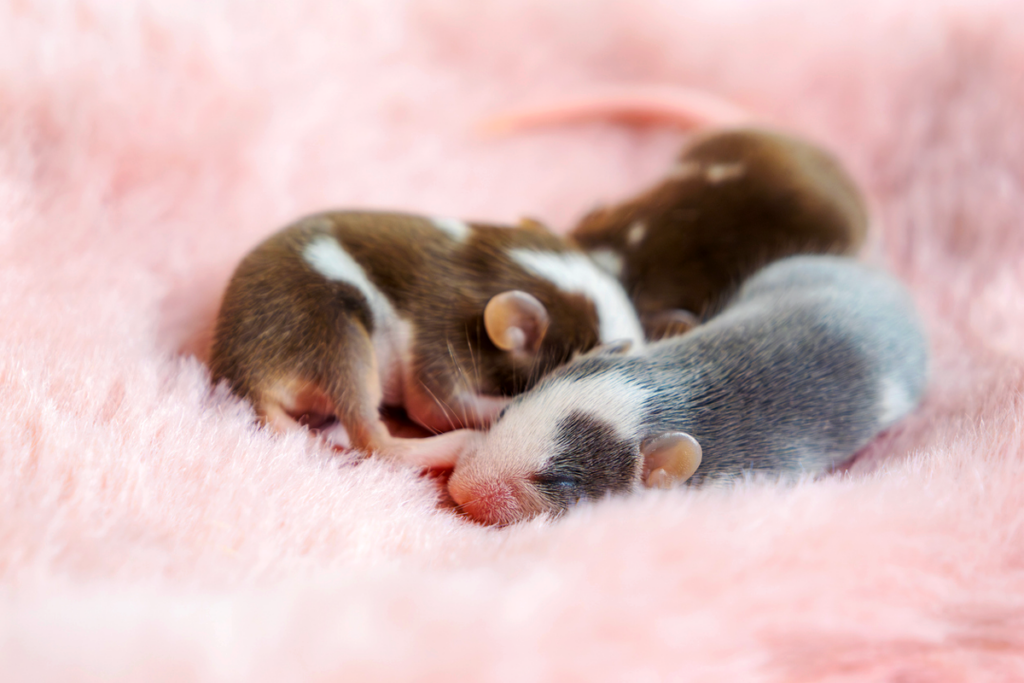
Fleeting sleep interruptions may help brain reset
By
Shaena Montanari
13 January 2025 | 5 min read
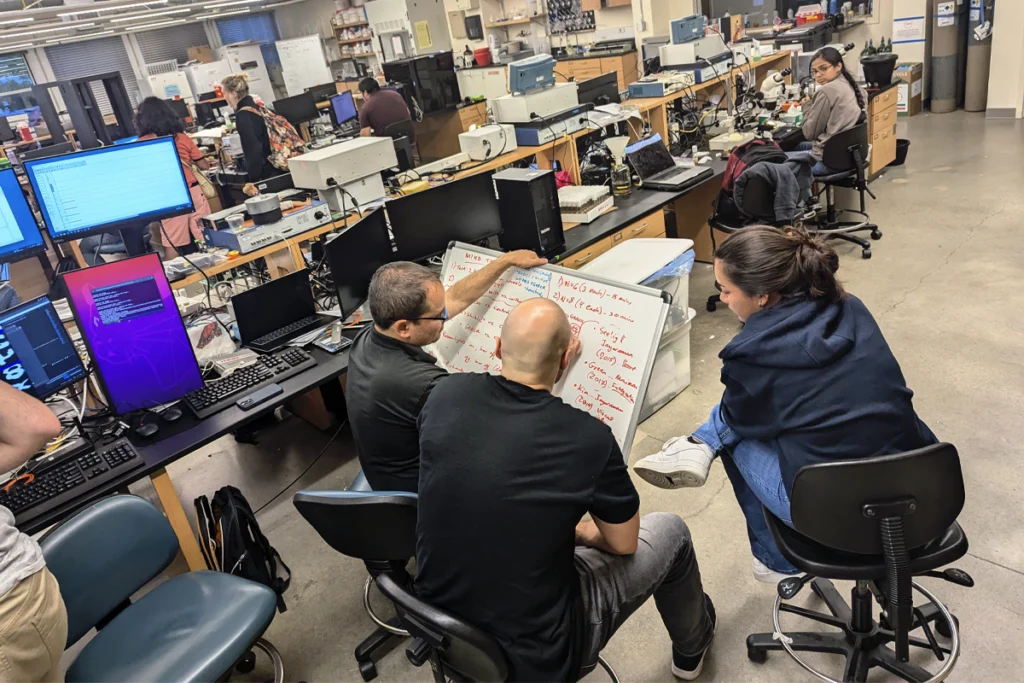
Why practical summer courses in neuroscience matter
By
John Tuthill
13 January 2025 | 7 min read
Cite this article: